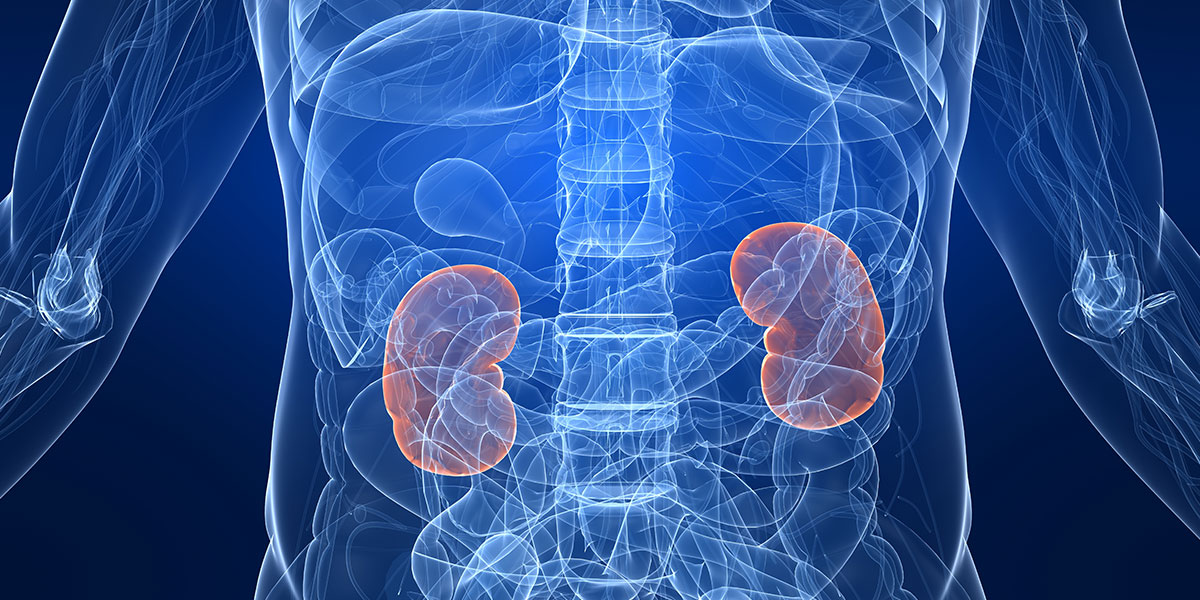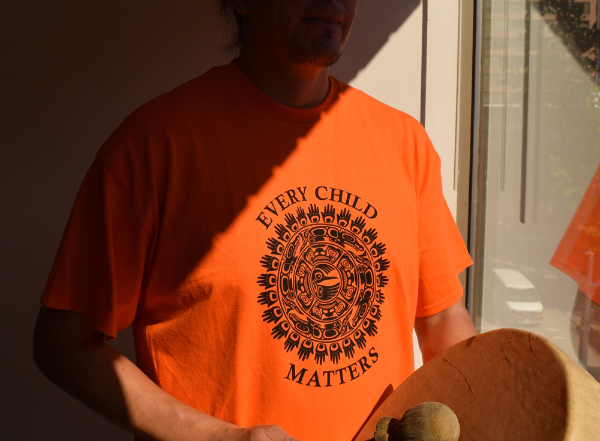
It well known that consuming too much salt can be harmful for people living with impaired kidney function. But less is known about the impacts of high-salt intake, and treatment options. Over the past few years, however, a Can-SOLVE CKD research group co-led by Dr. Christopher McIntyre has been uncovering important clues.
When the kidneys can no longer sufficiently process salt, the substance can accumulate in a person’s skin, muscle and bone. “Other investigators have found that when salt gets to those places, it doesn’t sit there quietly doing nothing – it’s biologically active. And among other things, salt causes a lot of inflammation,” explains McIntyre.
His group sought to explore this phenomenon in more detail. At the beginning of their investigation they confirmed that patients with more impaired kidney function have higher levels of salt in their tissues, and that this is also the case for children. What’s more, certain factors such albumin levels in the blood were found to be associated with salt levels.

Dr. Christopher McIntyre
In another study, the team explored a possible means for lowering the amount of salt that accumulates in patients’ tissues. They found they dialyzing patients with a machine that better filters out salt led to a reduction in how much salt accumulated in their skin, which was confirmed with MRI scans before and after treatment.
In an interesting side project, McIntyre showed kidney patients their scans of their salt accumulation compared to scans of a person with healthy kidney functioning.
“I think a lot of people were shocked to be honest,” he says. “Because the scans are very visual. We plot it as a heatmap – the more the image glows, the more salt there is.”
He then surveyed these patients on their experience of seeing their own body scans. Overall, patients rated their experience as positive. Many dietitians tell their patients that it’s important to reduce salt intake, but McIntyre’s project aligns well with the old saying, “Seeing is believing.”
“We’ve found that that visual has been quite impactful in getting people to engage with that crucial component of their care,” says McIntyre, noting that these patients expressed more interest in managing their salt intake.
Moving forward, the research team is planning on another study, this time to explore the build up of salt in the kidneys and how it affects treatment with diuretics (water pills). Collectively, these studies are helping to show the impact of salt accumulation in kidney patients – and may one day help uncover new therapies.



Connect with us